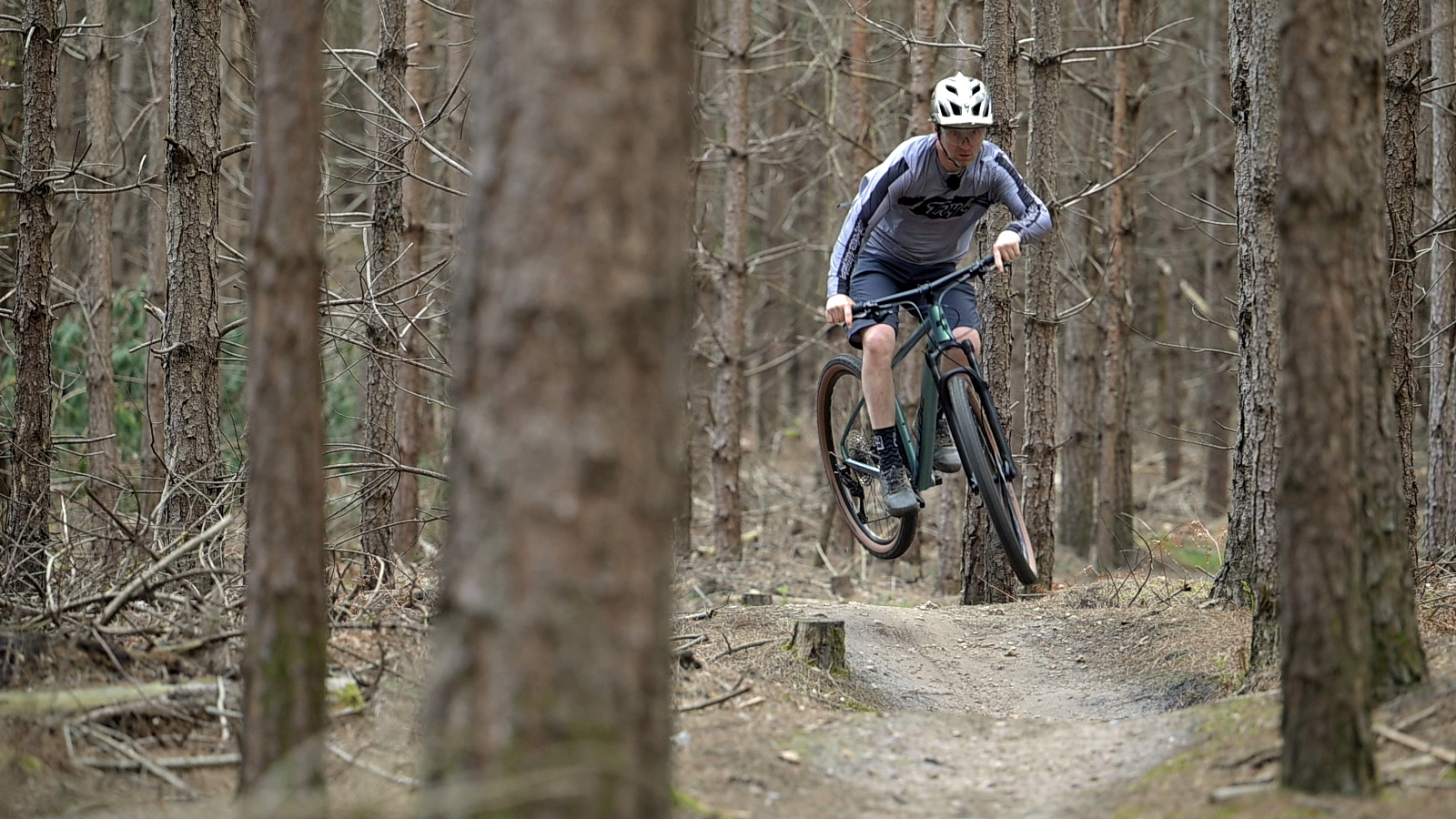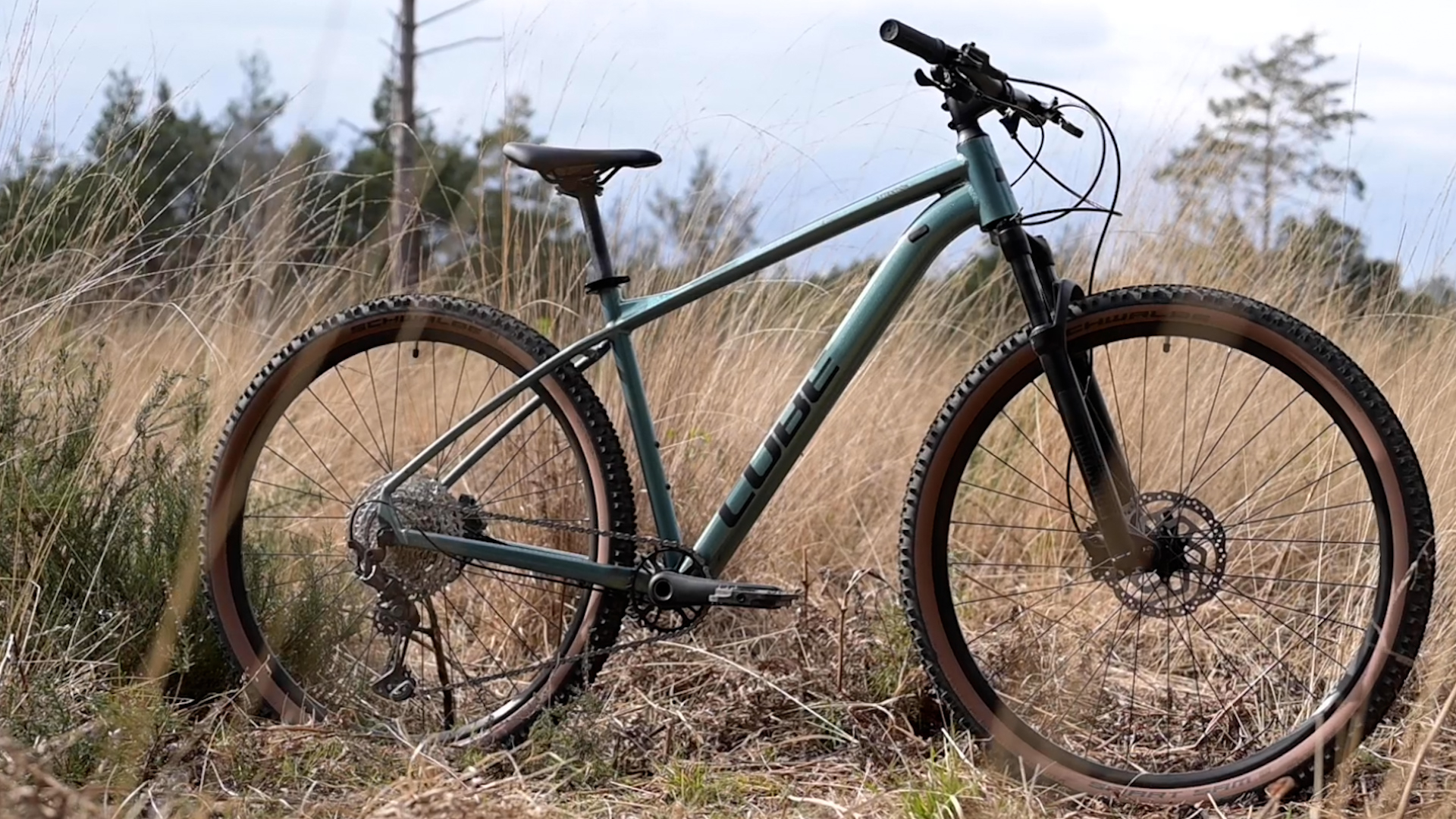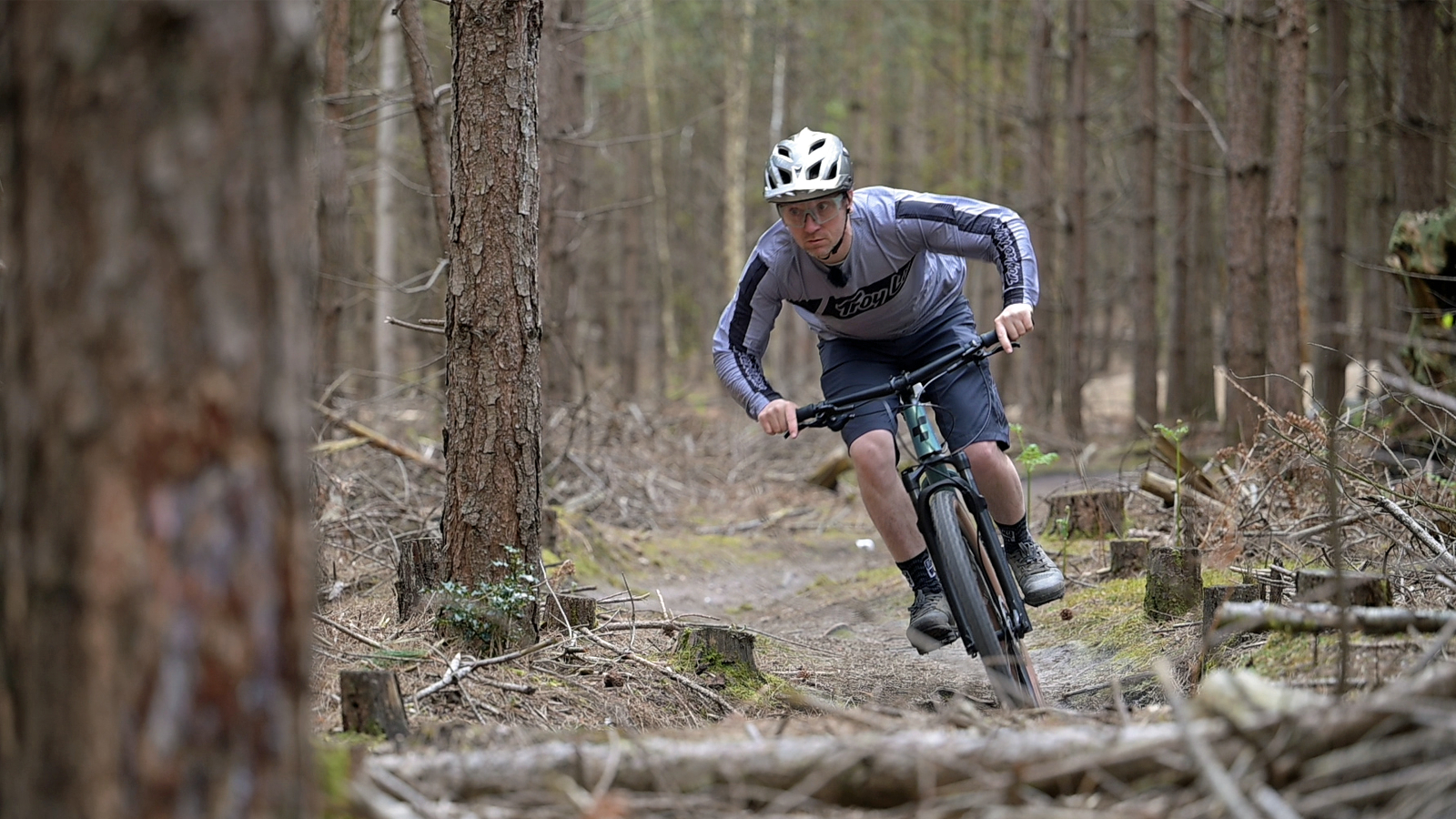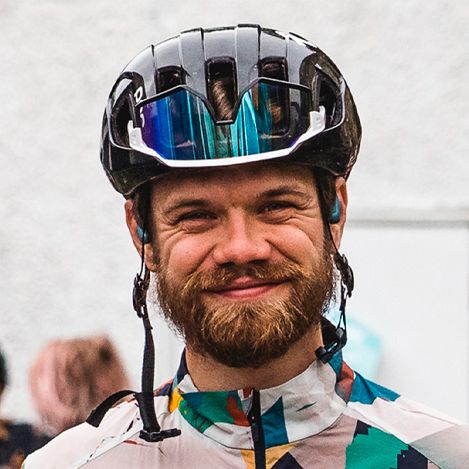Everything you need to know to ride trail centers
From finding the trails to what bike and kit you should ride, here's what you need to know for a great day riding at a trail center

Trail centers are great places to go for a day's mountain biking. With a selection of purpose-built graded trails, riding is accessible to everyone whether you are new to the sport, honing skills, or just looking for a fun day out on the bike.
While mountain biking was born on already existing singletrack trails that are shared with other outdoor activities, trail centers began popping up around the UK to offer a space dedicated to mountain biking. That meant that trails could not only be built specifically for riding, meaning they are more fun and safer, as well as being weatherproofed and maintained properly.
There are now loads of trail centers dotted across the UK and are the perfect place to try mountain biking. We recommend heading over to our sister site MBR.co.uk and checking out the interactive trail center map to see what trails are close to you.
Choosing your trail
One of the biggest advantages of riding at a trail center is that all the trails will be graded. This means that you can ride a trail with confidence as you will have an idea of the riding ability required. The last thing you want as a beginner is to drop into a trail that could have features beyond your mountain bike skills, like mandatory jumps or drops. Of course, we would always recommend slowly riding a trail for the first time so you know what to expect.
Larger trail centers may have a cafe and bike shop with information and last-minute body and bike resupplies but smaller centers will likely have an information board with a map and important details about the trails. Most trail centers will also have a map on their website too so you can plan your day's riding before you arrive.
Trail centers will have way-marked routes that are graded based on ability from flat gentle trails for all the family to gnarly rocky trails for experienced riders. The grading is based on the following color system:
Green - These are the easiest trails. Wide, flat, and smooth they may have some features like banked corners but everything will be safe. These are the trails recommended for first-time mountain bikers.
Blue - A little steeper in nature, these trails will have some technical features like jumps and drops although everything will still all be roll-able. A Blue graded loop will also be longer and have more climbing than a Green route.
Red - A Red trail will require a certain level of riding ability and fitness and are classed as intermediate trails. Features will mostly still be roll-able but may require some skills and calculated speed to negotiate properly. The routes will be longer too, as will the descents.
Black - These are the hardest grade of trail. Trails can feature mandatory air, unrollable features as well as steep, technical sections and high speeds. Waymarked routes will be longer and can be quite isolated so fitness and preparation are vital.
Orange - Some trail centers will have a separate designated freeride mountain bike area which will feature lots of jumps, drops, and other features such as wall rides which require a high level of skill to ride. They may also feature smaller jumps and drops for newer riders to practice on too.

What kind of bike can you ride at a trail centre?
If you are looking to start riding trail centers it's safe to say you will probably want to get a mountain bike. That said gravel bikes or hybrid bikes will comfortably tackle a green trail.
For your first day out, you will probably be looking to hire, many of the big trail centers will have their own hire fleet of suitable bikes to ride. If you are looking to buy your first proper mountain bike to take to the trail center, our sponsor Cube has an affordable option.
The Cube Attention SL comes equipped with everything you need for a great day of mountain biking. RockShox suspension offers 100mm of travel to smooth the trails and the hardtail frame means it's lighter, cheaper, and easier to maintain than equivalent full-suspension bikes.
Gear shifting is handled by Shimano, a single front chainring keeps the system simple and secure whilst the large cassette at the back offers a huge range to get up the steepest inclines and speed along fast sections.
Lastly, the Attention SL has good quality Shimano brakes for reliable stopping and 2.25 inch Schwalbe tires which balance grip and rolling speed.

What do you need to bring with you
Other than a bike, you will need to take a few things with you on the trails. We will cover the bare essentials here, but if you want to get yourself kitted out we have a full guide that covers beginner mountain bike gear.
Number one on the list is a good-quality helmet. It might be tempting to just use the old one in the back of the garage, however there is a good chance it will no longer offer the protection needed. Luckily you don't need to spend a fortune for a good helmet with the best cheap helmets offering many of the same features and safety ratings as pricier options.
While mountain bike-specific clothing is going to be more comfortable, there's nothing stopping you from just wearing your regular clothing. Just make sure it's comfortable, not too baggy, and you are happy for it to get muddy.
In terms of tools, a multi-tool will be very useful if anything comes loose plus everything you need to fix a puncture. We recommend a spare tube, tire levers, and a pump at a minimum. If you are running tubeless, you may want to carry some tubeless plugs too.
Depending on the weather, you won't regret packing a spare layer or waterproof jacket. Gloves are a great addition too, enhancing grip on the handlebars and protecting hands in a crash.
You will want something to drink, whether it be from a bottle in a bottle cage or a bag with a bladder. It's worth taking some snacks with you too in case you get hungry.
This is probably more than you can fit in your pockets so it could be worth storing things in a backpack, a bumbag, or a bag mounted under your saddle. Some riders also strap tubes and tools to the frame.
Most importantly though, don't forget your phone. On good days it's for sunny Instagram snaps and Strava personal records, but if a ride turns bad you may need it to call for help.

Graham Cottingham joined the BikePerfect team as our senior tech writer in 2020. With over 20 years of riding experience, he has dabbled in downhill, enduro, and gravel racing. Not afraid of a challenge, Graham has embraced bikepacking over the last few years and likes nothing more than strapping some bags to his bike and covering big miles to explore Scotland's wildernesses. When he isn’t shredding the gnar in the Tweed Valley, sleeping in bushes, or tinkering with bikes, he is writing tech reviews for BikePerfect.
Rides: Cotic SolarisMax, Stooge MK4, 24 Bicycles Le Toy 3, Surly Steamroller
Height: 177cm
Weight: 71kg
